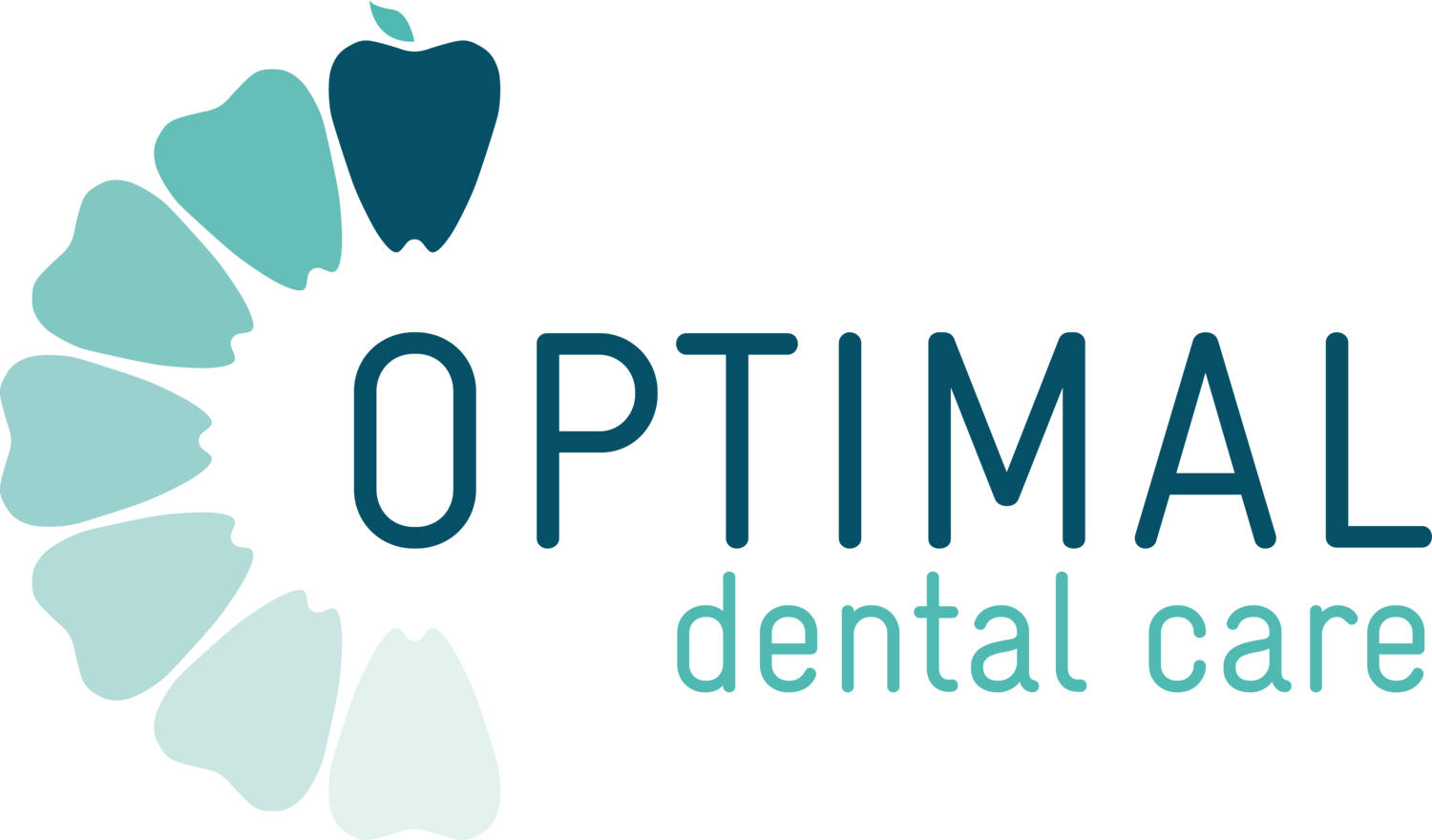All-on-Four Implants: All You Need to Know
All-on-four implants are an exciting development in dental technology. They're a way to replace the entire set of teeth in a single procedure, and they can be done in a single day!
It's an incredibly cost-effective option for people who need to get their teeth replaced but don't want to go through multiple surgeries or have bridges.
But how do all-on-four implants work? What do you need to know about them? We've put together this guide to help you understand all the ins and outs of this innovative procedure.
What are All-On-Four Dental Implants?
All-on-four implants are a type of dental implant used to replace all teeth in a dental arch. A dentist secures the implant to the jawbone with four titanium posts. The dental glue can then be anchored to the posts to restore missing teeth.
The benefits of all-on-four dental implants far outweigh the disadvantages of conventional implant dentistry in almost every respect.
First, all-on-four dental implants' lifespan is significantly greater than single implants. After a few years, conventional implants might begin to degrade. Longevity is significantly increased with all-on-four dental implants. In addition to being less costly and simpler to set up, these implants offer an attractive alternative to the more commonplace standard dental implants. This implant lasts as long, if not longer, as a bridge made of implants.
Unlike other implants, these are unique. To secure the crowns to the jaw, just four dental posts are used. In addition to superior stability, they also improve oral health.
When it comes to permanent dental treatment, all-on-four implants are your best bet.
All-On-Four Implant Recovery Time
The All-On-Four dental implant solution is recommended by several leading dentists as an effective way to replace lost teeth and revitalise a smile. This requires fewer implants than standard procedures, saving both time and money.
However, patients who choose the All-In-Four implants face a more challenging rehabilitation process. It takes around three to four days to be able to eat regularly, even with the help of pain and swelling drugs. Bone grafting patients often need up to three weeks off work to heal.
Benefits of All-On-Four Implants
All-on-Four Implants are a good option for those who have lost most of their teeth.
These implants are designed to help you achieve:
● Instant results
Your ability to chew, the stability of your teeth, and your comfort will all increase dramatically.
● Improved appearance
When teeth are extracted, the root system that once supported them is also removed; therefore, this type of implant helps protect the jawbone and prevents future degeneration of the face structure. In the case of losing teeth and bone, dental implants can help you regain a more youthful appearance by replacing the missing tissue and preventing wrinkles.
● Long-lasting smile
An implant-supported retained bridge is permanently attached to a patient's gums and jawbone during the All-on-4 dental implant treatment, resulting in a fully functional, natural-looking set of teeth. You'll never need to worry about losing your teeth again with dental implants.
● Improved quality of life
New teeth may look, feel, and operate just like natural ones with All-on-4 dental implants. You'll feel more at ease and confident in social situations like eating, talking, and smiling. You'll feel better physically, mentally, and spiritually.
● Avoid Health issues
Periodontal disease, a bacterially-induced chronic infection and inflammatory disease can be prevented by All-on-four dental implant surgery, leading to a healthier mouth and body. Researchers have found connections between periodontal disease and cardiovascular disease, stroke, dementia, diabetes, and more. Dental implants may reduce periodontal disease risk by returning your mouth to its original state.
● Easy dental hygiene
Easy maintenance is just another perk of the All-on-4 implant system. New teeth may be kept clean and healthy for a lifetime with frequent visits to a Bondi Junction dentist and diligent daily care at home with a toothbrush and dental floss.
Tips for taking care of All-on-Four Implants
● Brush your gums gently with a soft toothbrush after each meal or snack. Don't use a hard toothbrush, as this can damage the temporary crowns that cover your implants. Use a soft-bristled toothbrush, floss once a day, and rinse with anti-bacterial mouthwash.
● Eat healthy foods that are soft and easy to chew, such as applesauce or softened vegetables. Avoid hard foods such as ice cubes, nuts, and steak until your gums have healed completely. This can take about three weeks after surgery. After that period, you can resume eating whatever you'd like!
● To recover fast from All-In-Four surgery, rest is essential. Resting for at least a week following surgery is recommended since this allows the body to heal more effectively. You shouldn't engage in strenuous physical activity in the first week following surgery.
● Take your medication exactly as the doctor has instructed.
● Fizzy beverages and foods high in acidity should be avoided.
● Avoid being too dehydrated. Drink lots of water to speed up the healing process and keep your mouth hydrated.
● Talk to a Bondi Junction dentist like Dr Anna Lee at Optimal Care Dental immediately if you're experiencing any pain or discomfort so that she can provide the most effective treatment option.
If you follow these instructions, you should have no trouble getting your dental implants to settle in and recover.
Takeaway
Are you looking for a dental clinic in Bondi? Look no further than Optimal Dental Care. We provide high-quality dental services for patients of all ages and offer a variety of procedures, including all-on-four implants.
Our team comprises experienced professionals dedicated to providing you with the best possible care. If you want to learn more about all-on-four implants, contact us today!
